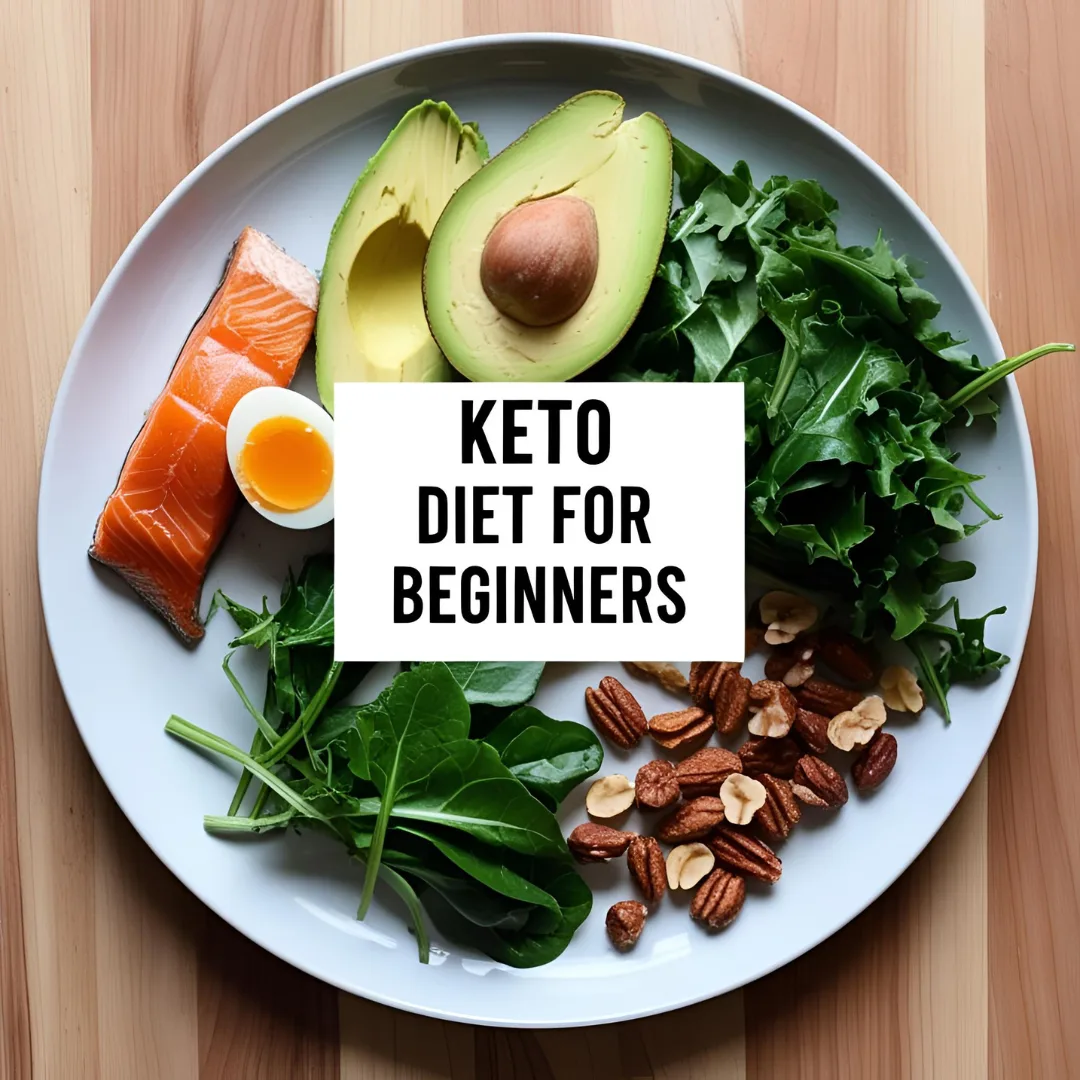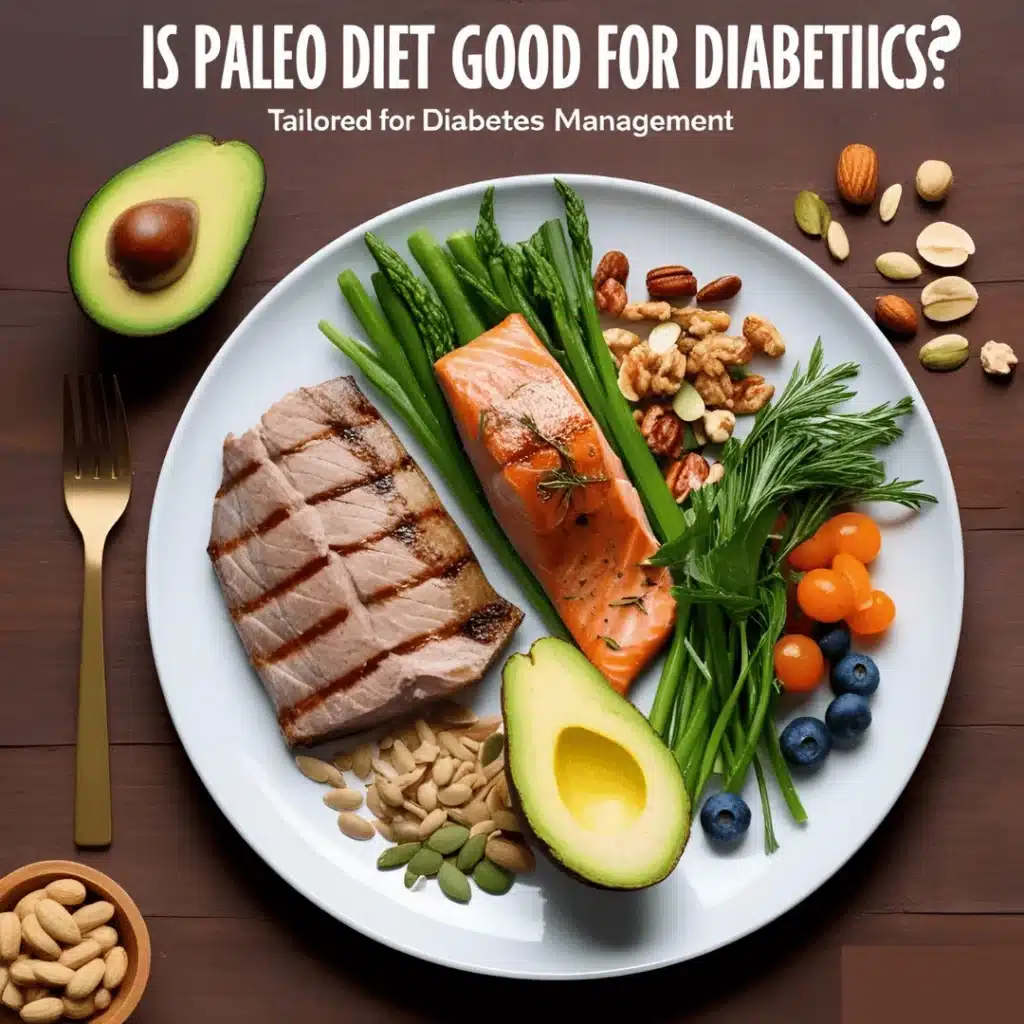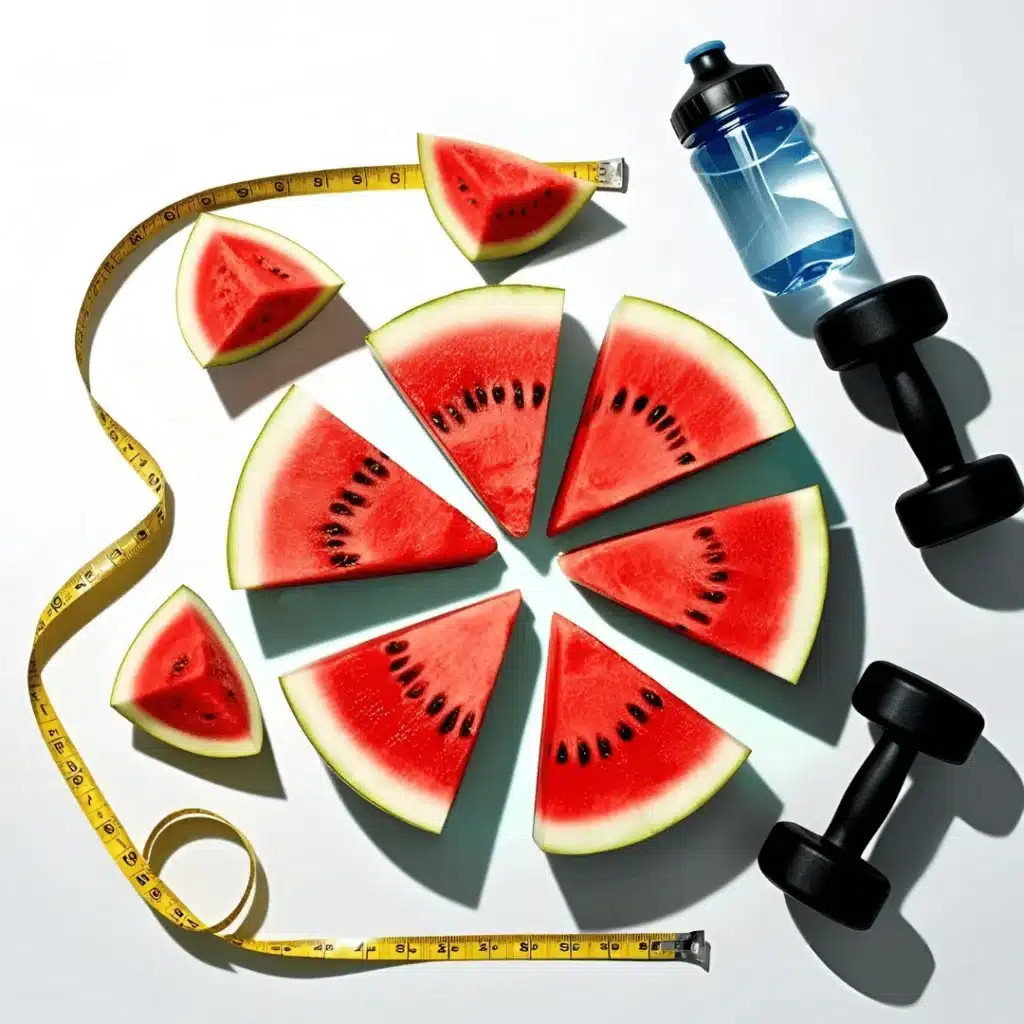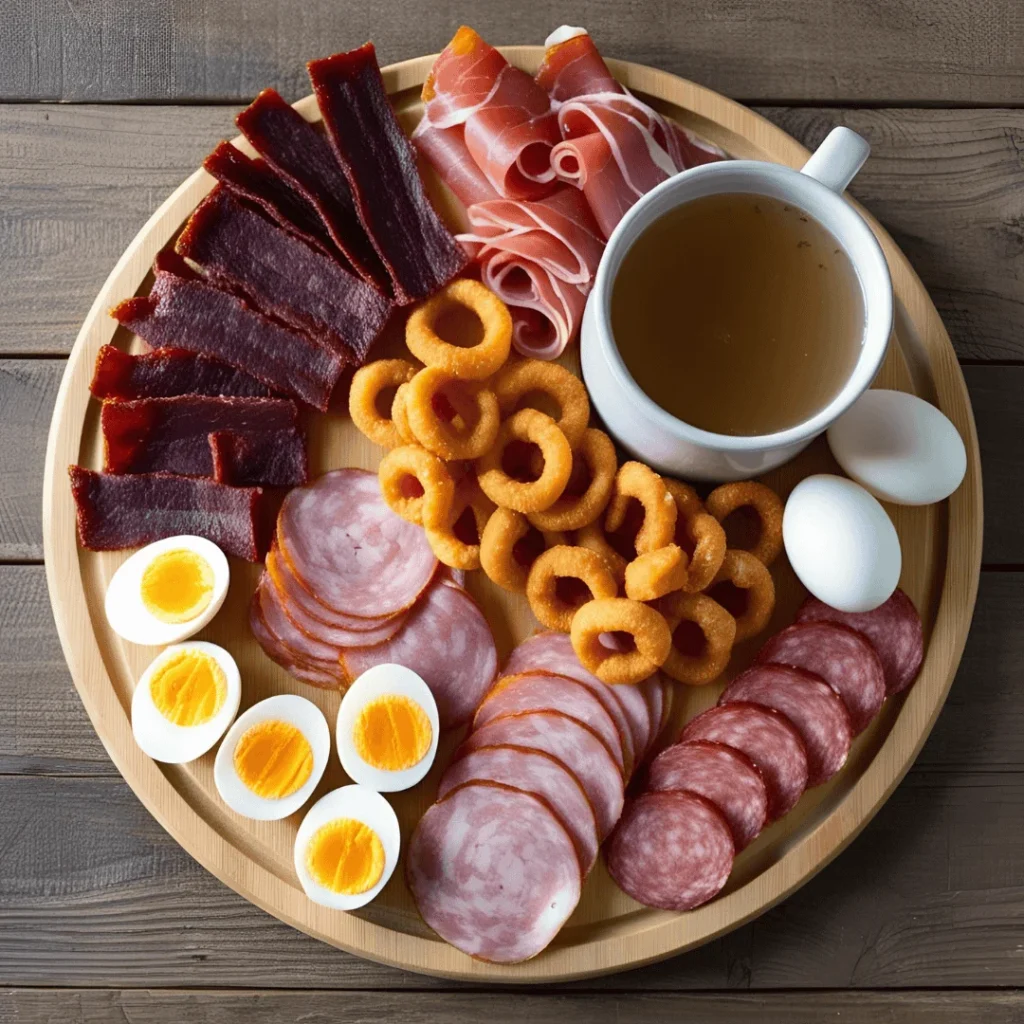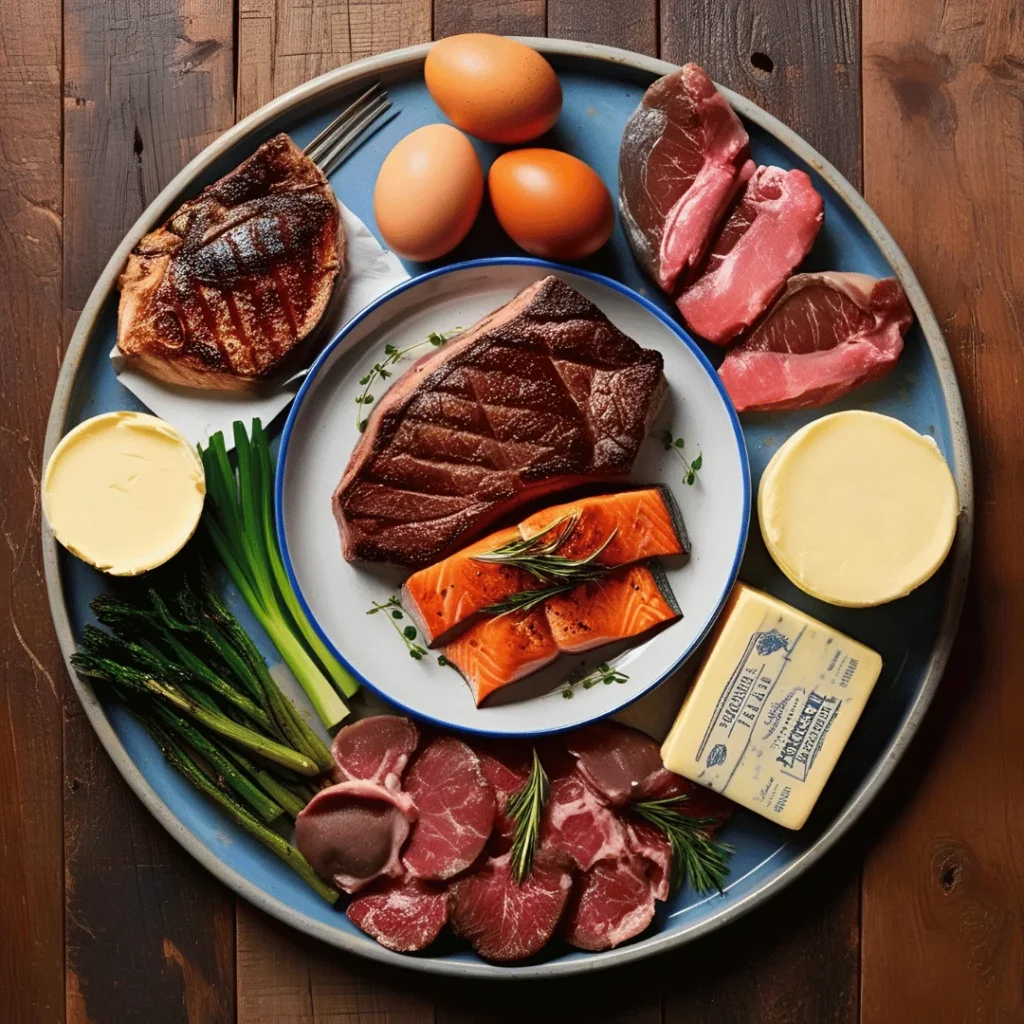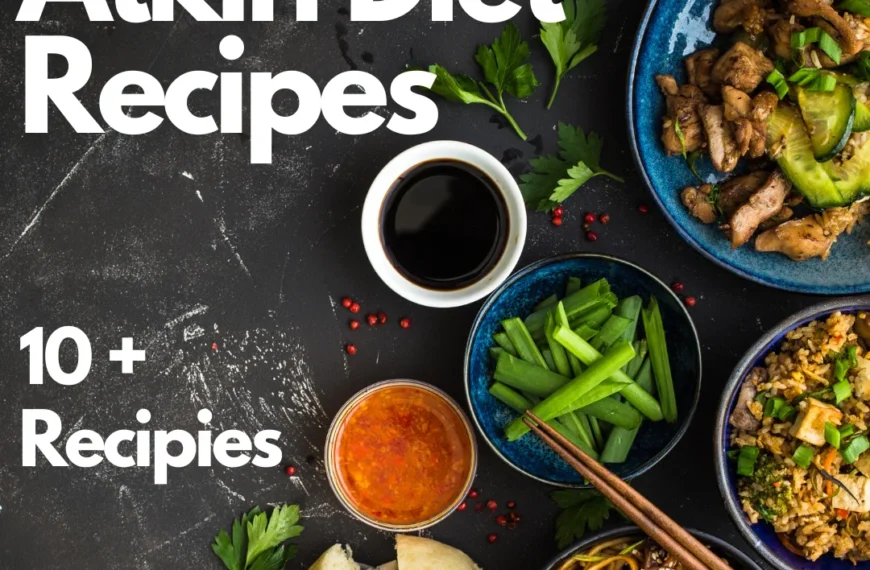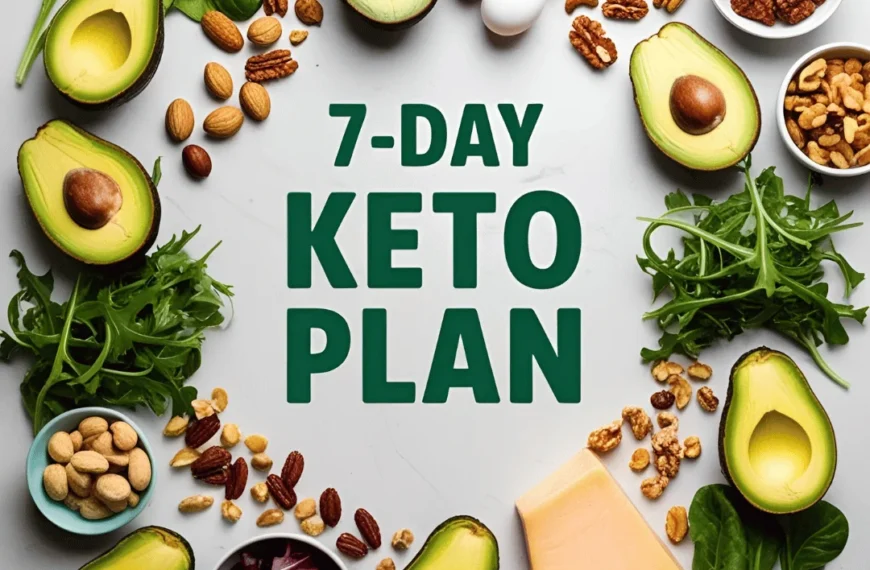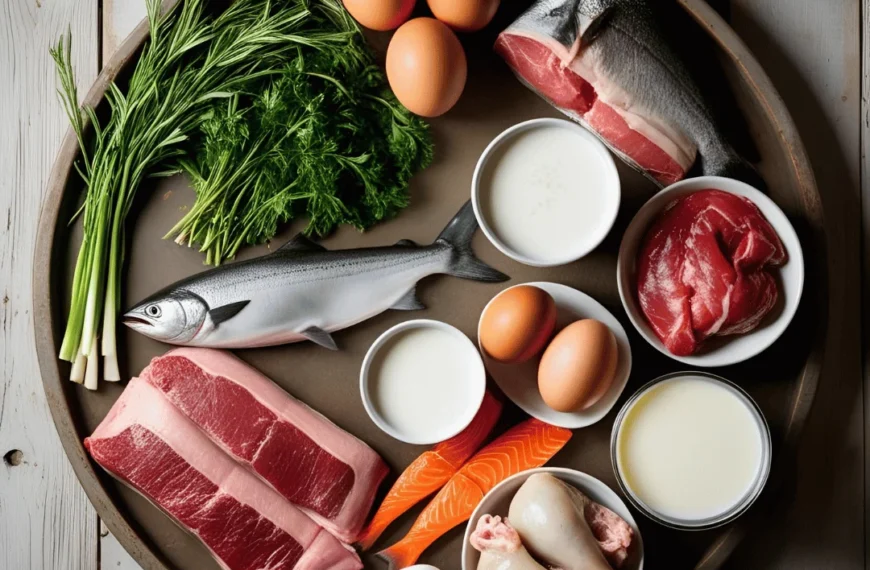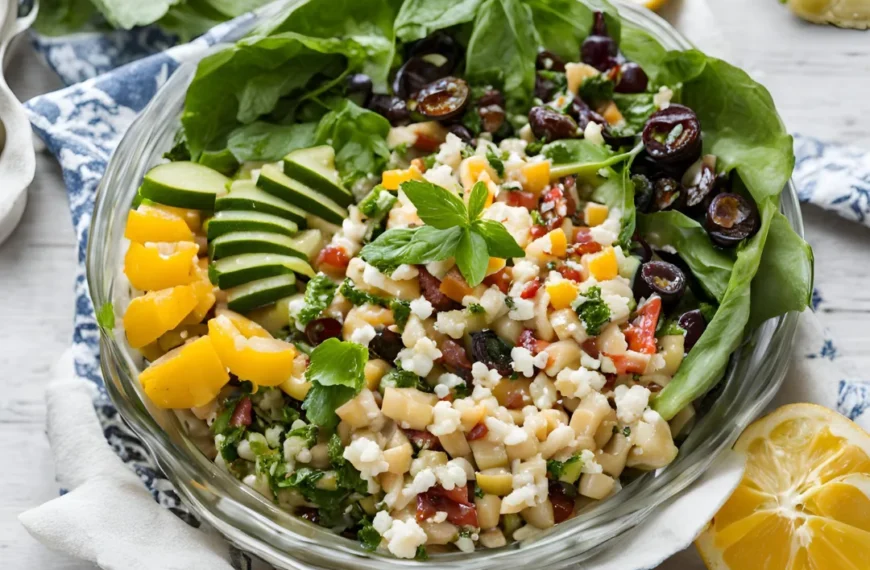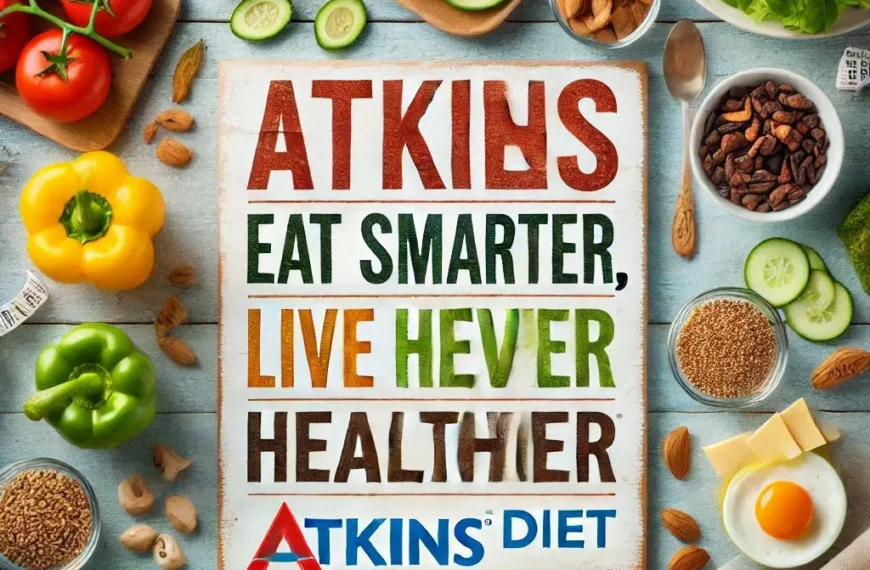Summary
The keto diet for beginners is a low-carb, high-fat eating plan that transforms the body into Ketosis, a metabolic condition when fat is burned for energy instead of glucose. This guide will cover how to start a keto diet for beginners, with a keto diet food list for beginners of what to eat and keto foods to avoid. It also details how to calculate macros on keto for beginners to ensure the correct ratio of fats, proteins, and carbs in the diet. For a smoother transition, you’ll find links to a free keto meal plan in PDF format and a printable keto grocery shopping list for beginners.
The key to sustaining the diet long-term is learning about common keto diet mistakes beginners make and how to spot and handle keto flu symptoms and remedies for beginners. The blog combines the keto diet for weight loss with beginners, realistic expectations, and major diet factors affecting your results. If you wonder if it is safe for beginners, you can find a discussion of potential side effects and precautions. This beginner guide gives beginner-friendly keto meal ideas for beginners and easy practical how-to tips to start (and sustain) your keto journey successfully.
Introduction
Over the past few years, the keto diet has become extremely popular as a remedy for weight loss and overall health improvement. But it had keto. What exactly is it, and why is it so suitable for beginners?
A keto diet is a diet that is low in carbs and high in fat. This metabolic switch can cause quick fat reduction, energy boost, and mental focus. Keto has grown in popularity due to the success stories, but it also has some misconceptions. Some think it’s all about bacon and cheese, while others worry it’s too restrictive. This guide will teach you everything you should know to start a keto diet correctly.
What is a Keto Diet? A Simple Explanation for Beginners
Keto Diet and How It Works
The ketogenic diet is based on consuming less carbohydrates while increasing healthy fats to achieve Ketosis. That means no sugar, grains, or processed foods, emphasizing meats, fish, eggs, and non-starchy vegetables.

What is Ketosis?
Ketosis is a metabolic state in which the body utilizes fat for energy instead of glucose. This happens when carbohydrate intake is severely restricted, and the liver makes ketones from fat stores as a reliable fuel source.
Types of Keto Diets
- Standard ketogenic diet (SKD): Low-carb (5-10% daily intake), low to moderate protein, high fat.
- Cyclical Keto Diet (CKD): This involves periods of keto and higher carb refeeds.
- Targeted Keto Diet (TKD): Carbs before or after workouts.
- High-Protein Keto Diet: A variant of SKD but contains more protein.
Read more from
How to Start a Keto Diet for Beginners: A Step-by-Step Guide
- Understand Current Eating Habits: Determine how many carbs you eat and what you need to change.
- Be Realistic: Whether aiming for weight loss, better energy, or managing blood sugar, having clear goals will help keep you motivated
- Get Started on a Keto Diet Gradually: This is because going keto is hit by keto flu. Drink a lot of water and replenish the body with enough salt.
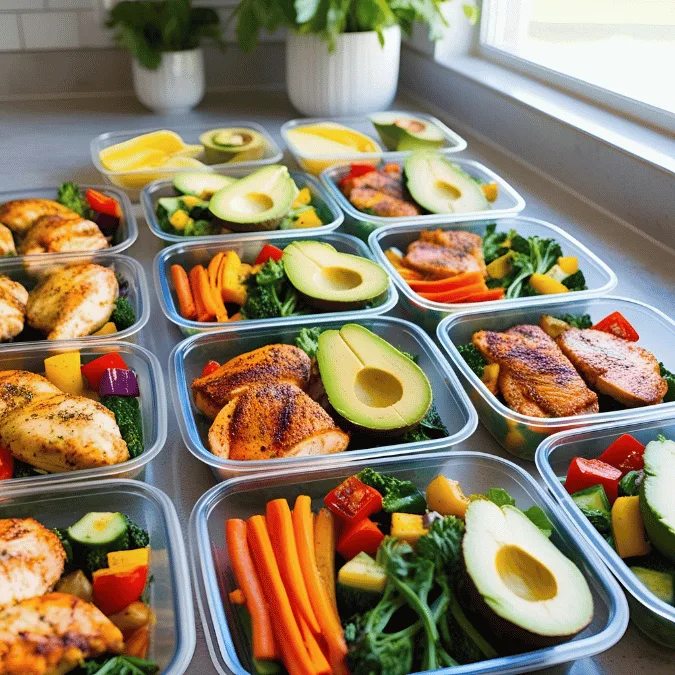
Keto Diet Food List for Beginners: What to Eat and Avoid
Keto-Friendly Foods
- Good fats: Avocados, olive oil, butter, coconut oil.
- Proteins: Meat, fish, eggs, tofu.
- Low-carb vegetables: Spinach, broccoli, zucchini, cauliflower.
Foods to Avoid
- Sugar (soda, candy, pastries)
- Grains (bread, pasta, rice)
- High-carb fruits (bananas, apples, grapes)
How to Calculate Macros on Keto for Beginners
To stay in ketosis, you need the right balance of macronutrients:
- Fats: 70-75% of daily calories
- Protein: 20-25% of daily calories
- Carbs: 5-10% of daily calories
You can also use online keto calculators or apps (e.g. MyFitnessPal) to track your macros and adjust as needed.
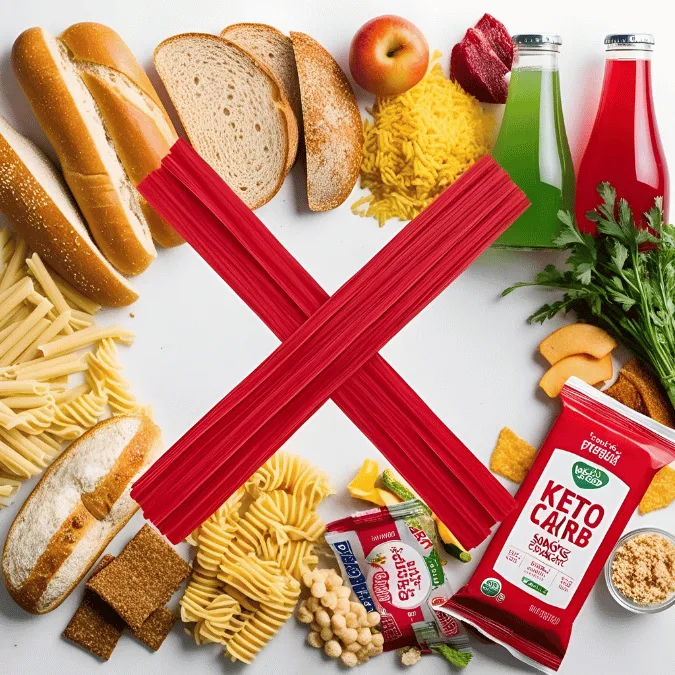
Common Keto Diet Mistakes Beginners Should Avoid
- Excess Protein: Too much protein can be converted into glucose, throwing you out of Ketosis.
- Not Getting Enough Electrolytes: Sodium, potassium, and magnesium are essential to avoid dehydration and keto flu.
- Quitting Too Early: Staying the Distance, Allow at least 3-4 weeks for the body to acclimate.
Keto Flu Symptoms and Remedies for Beginners
What is Keto Flu?
The keto flu new low-carb eaters get causes them fatigue, headaches, nausea, and irritability from carb withdrawal.
How to Combat Keto Flu
- Stay Hydrated: massive quantities of water with electrolytes.
- Increase Salt Intake: Sprinkle Himalayan salt on dishes to balance sodium
- Add More Fats to Your Diet: Eating healthier fats can accelerate adaptation.
Is Keto Safe for Beginners? Side Effects and Precautions
Who Should Avoid Keto?
- Pregnant women, unless otherwise directed by a doctor
- People with kidney or liver disease
- Individuals taking specific medications (talk to a health care provider)
Common Side Effects and How to Manage Them
- Constipation: Eat more leafy greens for fiber.
- Leg Cramps: Get your magnesium and potassium.
- Bad Breath: Causes ketones; drink more water.
Conclusion
Whether for weight loss, increased energy levels, or improved overall health, the keto diet for beginners can be highly effective if done correctly. As long as you use a step-by-step plan for how to start a keto diet for beginners, track macros, and avoid some common mistakes, you will easily slip into Ketosis. Keto flu for beginners: symptoms and remedies. A keto diet food list for beginners can be essential for staying on track and getting maximum results.
So, if you want to learn how to start keto today, get started with the free keto meal plan PDF for beginners and printable keto grocery shopping list for beginners to make meal prep easier! Whether you want to lose weight or gain more energy, this guide will give you the necessary tools. Remember why you started, measure your success, and reap the rewards of a sustainable keto lifestyle.
FAQs
1.What is the Keto Diet and How Does it Work?
Keto Diet for Beginners The keto diet is a low-carbohydrate and high-fat diet that when done correctly, helps the body enter a state called Ketosis, where we start burning fat for energy instead of glucose. When you decrease carbs and eat more good fats massively, your body enters a fat-burning state that enables you to lose weight and provides long-lasting energy.
2.How to Start a Keto Diet for Beginners Without Keto Flu?
To get a head start on the keto diet for beginners, gradually reduce carbs, drink plenty of fluid, and replace the lost electrolytes. Include a lot of healthy fats and proteins but eliminate sugars and processed foods. Following a keto diet food list for beginners makes it easy, mainly if you use a free keto meal plan PDF.
3.What Foods Should Beginners Eat and Avoid on Keto?
The beginner keto diet food list contains healthy fats (avocados, olive oil), proteins (meat, eggs, fish), and low-carb vegetables (spinach, cauliflower). You will want to avoid sugar, grains, and high-carb fruits. When it comes to keto for beginners, a printable grocery shopping list can help you shop smarter.
4.How Fast Can Beginners See Weight Loss on Keto?
The rates of weight loss on keto differ from person to person, but many people see fast results at the beginning of keto due to water loss in the first week. Over the following weeks, whether one is new to the keto diet for weight loss or not, steady fat loss ensues based on metabolism and cutting carbs. If you are tracking macros, consistency is key.
5.Is the Keto Diet Safe for Beginners?
The keto diet for beginners is a safe and healthy approach for most people. However, those with specific medical conditions should check with a doctor first. Knowing the keto diet red flags for beginners to avoid, as well as keto flu symptoms and treatment for beginners, will help you have a safer and more productive experience.

